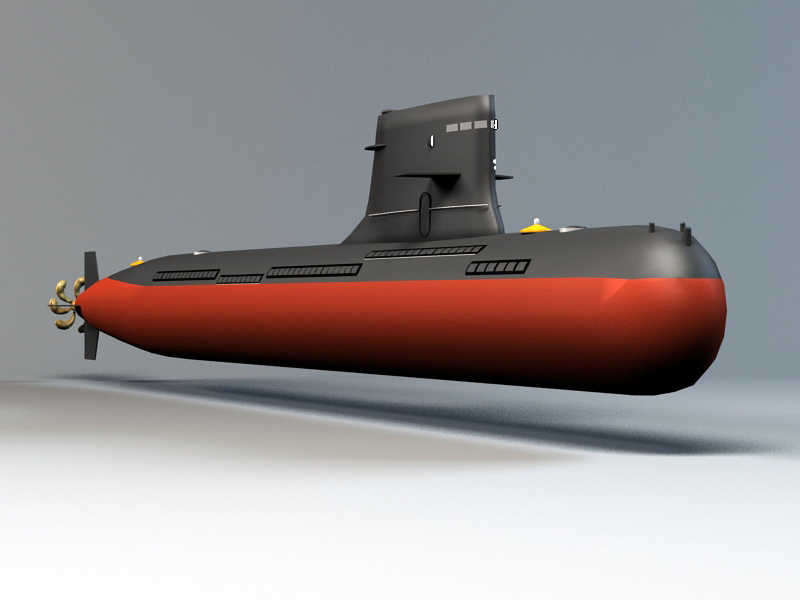

Owen, in Reference Module in Earth Systems and Environmental Sciences, 2015 Kavachi, Solomon Islands see Girard et al., 2017 and references therein). Disequilibrium between 210Po and 210Pb ratios is also used to distinguish juvenile from non-juvenile samples in explosively erupted volcanic deposits (e.g. Regardless, 210Po has been demonstrated to be a powerful tool to precisely date recent, unobserved volcanic eruptions. The apparent discrepancy between the seismic interpretation and 210Po ages may reflect the buildup of seismic activity actually representing numerous smaller, distant eruptive events rather than precursors to a singular eruptive event.

The 210Po dates show a wider range of eruption ages, from June 2005 to January 2006. This was interpreted as a singular eruption along the East Pacific Rise at that time. (2006) found a 2+ year buildup of seismic activity at the EPR preceding a sudden drop in seismic activity on January 22, 2006. The 210Po dates have also been partially corroborated by seismic monitoring along mid-ocean ridges using ocean bottom seismometers. Validation of the 210Po technique, and the assumption that the Po is completely degassed during eruption, is demonstrated in a study of lavas from Vailulu and Malumalu in Samoa ( Sims et al., 2008b), which shows the calculated 210Po age of 8 November 2004 falls nicely within a window of bathymetric imaging showing new dome growth occurring sometime between March 1999 and April 2005 ( Fig. Nevertheless, lavas that actively degas until eruption typically lose > 80% of their Po ( Reagan et al., 2005), which means that calculated eruption ages assuming 210Po = 0 have the potential to be too old by no more than about 45 days. Rapid eruption and quenching of lavas may also reduce the degassing efficiency in magmas with relatively high silica content ( Reagan et al., 2008). Lavas erupted at greater depths are subject to higher hydrostatic pressures, which may limit the degassing efficiency. The assumption that initial 210Po activity is zero generally holds true for subaerial basaltic eruptions and for submarine eruptions at less than 3 km in depth ( Rubin, 1997).

Similar observations have been made of a Mariana volcanic arc volcano, where hydrophones captured acoustic emissions produced by slope movements ( Chadwick et al., 2012a) and hydrophone and video images have captured details of eruption activity at the vent ( Chadwick et al., 2008a). The results show not only gain of material around the central vent of 10s of meters but also loss of > 100 m caused by large slope failures, representing the mechanism by which magma erupted in the center is redistributed. The effects of repeated eruptions of Monowai volcano (Kermadec arc) have been captured with repeat surveys since 1998 ( Chadwick et al., 2008b Watts et al., 2012 Wright et al., 2008). Small island arc volcanoes are commonly simple cones, suggesting they grow by erupting from central vents with cone sides at the angle of repose of talus (young lavas on steep slopes have been observed around Hawaii to rapidly disaggregate ( Sansone and Smith, 2006) so steep young lavas are unlikely to survive for long). (2000b) to suggest that seamounts grow by central eruptions rather than from ring dikes suspected previously. The use of a hull-mounted multibeam sonar with improved resolution led Clague et al. Seamount summits can contain collapse pits or craters ( Fornari et al., 1984). In plan view, small seamounts are circular to elliptical, whereas seamounts taller than around 2–4 km are more irregular ( Mitchell, 2001). Seamounts typically are truncated cones with profiles that vary in flatness ( Smith, 1988). Guyots (flat-topped seamounts) of the Louisville chain in the South Pacific in multibeam data collected by Peter Lonsdale (from front cover of March 2010 issue of the journal Oceanography).


 0 kommentar(er)
0 kommentar(er)
